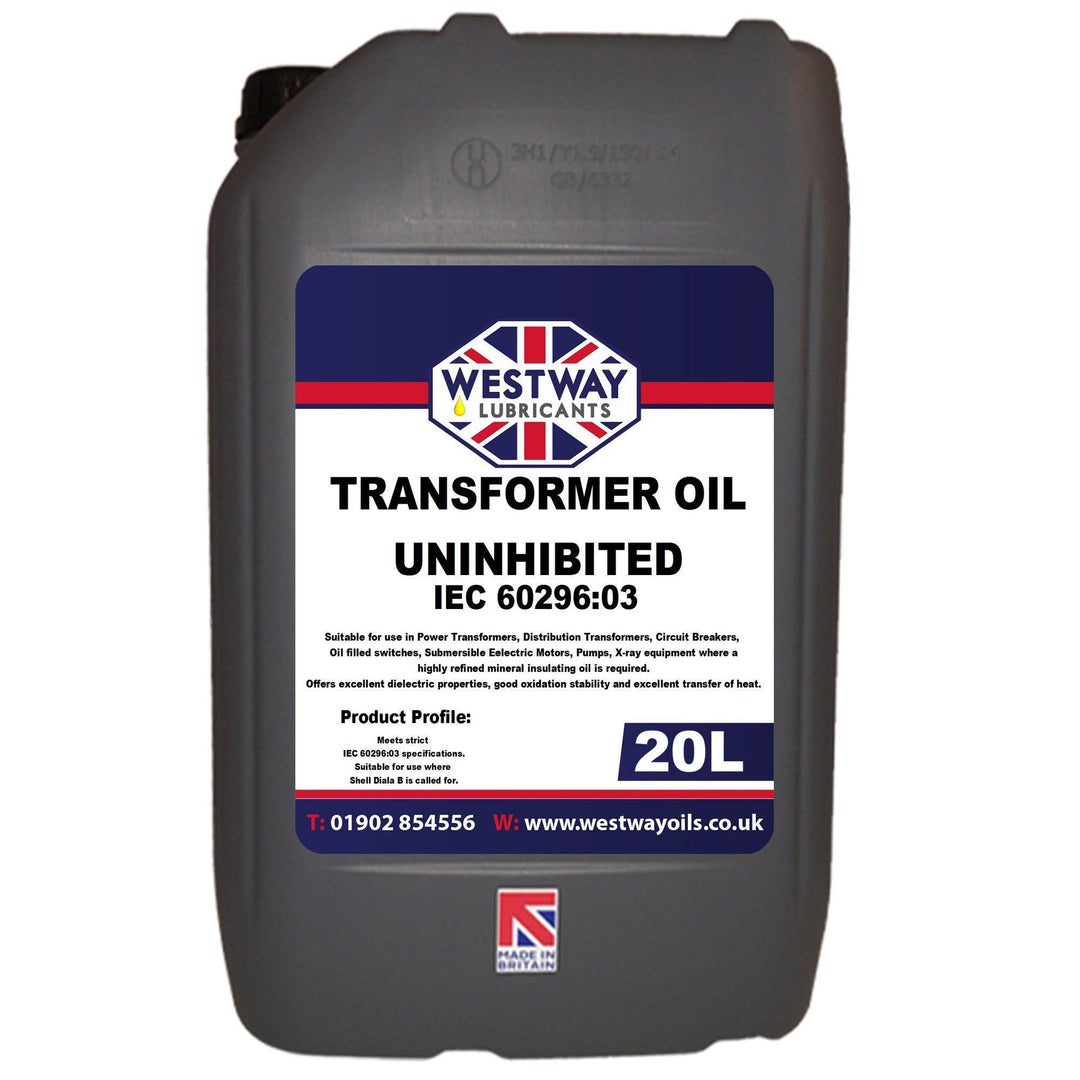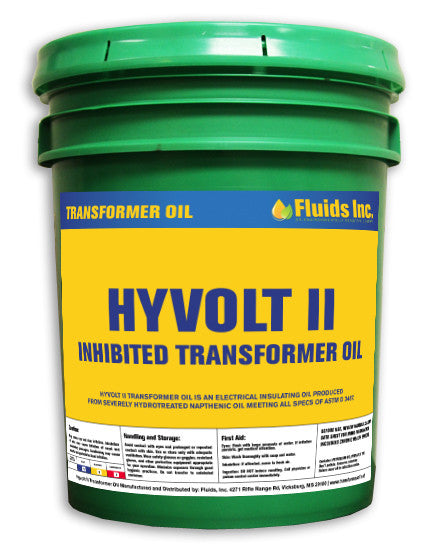Why Dielectric Transformer Oil Matters: Trick Functions and Maintenance Tips
The value of dielectric transformer oil prolongs beyond plain performance, playing a pivotal duty in both the insulation and cooling of electric transformers. Its special residential or commercial properties, such as high dielectric stamina and chemical security, add to operational efficiency and safety and security. Nevertheless, the maintenance of these oils is equally critical to protect against problems that might endanger transformer performance. Comprehending the key attributes and best methods for maintenance is vital for making certain durability and integrity. As we explore these elements better, the ramifications for transformer wellness and operational effectiveness come to be increasingly obvious.
Relevance of Dielectric Transformer Oil
Dielectric transformer oil plays an essential function in the reliable procedure of electric transformers, as it is consistently employed as both an insulator and a coolant. Its insulating homes stop electric discharges and arcing, which are essential to maintaining the integrity of transformer components. By efficiently isolating conductive parts, dielectric oil enhances the safety and dependability of the transformer, thus prolonging its operational life expectancy.
Along with its protecting abilities, dielectric transformer oil acts as a coolant, absorbing and dissipating heat generated throughout the electric makeover procedure. This thermal administration is necessary to stop overheating, which can result in equipment failing and pricey downtime. The oil flows within the transformer, effectively transferring heat far from essential locations, therefore guaranteeing optimal efficiency.
Additionally, the chemical stability of dielectric oil is vital for minimizing the oxidation and destruction that can happen in time (electrical insulating oil). Regular tracking of its homes, such as moisture web content and acidity, is essential for keeping its efficiency. Overall, the relevance of dielectric transformer oil can not be overstated, as it is basic to the risk-free, efficient, and long-lasting operation of electric transformers
Key Attributes of Dielectric Oil
The effectiveness of dielectric transformer oil is mainly figured out by its vital attributes, that include high dielectric stamina, thermal conductivity, and chemical security. High dielectric toughness is essential as it enables the oil to hold up against substantial voltage levels without damaging down, thereby avoiding electric arcing and guaranteeing secure procedure of the transformer. This characteristic is vital for maintaining the dependability of electrical systems.
Thermal conductivity is another important feature of dielectric oil. It facilitates effective heat dissipation from transformer elements, decreasing the risk of overheating and prolonging the life expectancy of the equipment (waste transformer oil). Effective thermal monitoring is important in keeping optimal operating temperatures, which directly influences efficiency
Chemical stability is just as essential, as it makes sure that the oil does not deteriorate or react detrimentally with products within the transformer with time. This stability assists keep the oil's insulating homes and protects against the formation of harmful sludge or deposits that can impair functionality.
Furthermore, low thickness at running temperature levels permits far better blood circulation within the transformer, boosting both cooling and insulation. Together, these crucial features guarantee that dielectric transformer oil performs efficiently, supporting the general effectiveness and dependability of electric systems.
Advantages of Utilizing Dielectric Oil

Additionally, dielectric oil serves as Clicking Here a reliable coolant, dissipating warmth generated throughout transformer operation. This temperature level regulation is important for avoiding overheating, which can bring about tools failing or minimized life expectancy. The oil's thermal residential or commercial properties add to optimum functional problems, making it possible for transformers to function at their finest.
An additional considerable benefit is the oil's chemical stability and resistance to oxidation. These homes decrease the development of sludge and various other deterioration results, thus lessening maintenance needs and extending the intervals between oil changes. Dielectric oil gives exceptional dampness absorption abilities, which secure the transformer from the harmful impacts of water access.
Upkeep Best Practices

In addition, maintaining the transformer's temperature level within defined limits is essential. Elevated temperatures can increase oil deterioration, adversely influencing its dielectric buildings. Applying a temperature level tracking system can aid in preserving ideal conditions.
Additionally, ensuring appropriate air flow and air conditioning of the transformer unit decreases the threat of overheating. It is likewise vital to maintain the transformer without debris and impurities that may endanger its performance.
Conducting periodic visual assessments for leaks, rust, or signs of wear on gaskets and seals is another finest practice. Any type of abnormalities must be resolved promptly to stop oil contamination and keep this post system integrity.
Lastly, establishing a maintenance routine that consists of oil substitute or treatment can boost the lifespan of dielectric oil, ensuring it remains to perform successfully. By taking on these upkeep ideal practices, drivers can enhance transformer performance and lessen unexpected downtime.
Common Problems and Solutions
Transformers utilizing dielectric oil can come across several typical problems that might affect their efficiency and integrity. One famous problem is the deterioration of the oil due to thermal tension, which can lead to decreased dielectric toughness and increased risk of arcing. Regular surveillance of the oil's temperature and implementing cooling services can mitigate this issue.
An additional worry is moisture ingress, which can endanger the protecting properties of the oil. This can be attended to with normal screening for water content and using desiccants or vacuum cleaner dehydration procedures to get rid of moisture.
Additionally, the development of sludge as a result of oxidation can obstruct regular operation. This can be dealt with by periodic oil filtering and replacement when necessary, guaranteeing optimal fluid sanitation.

Conclusion
In verdict, dielectric transformer oil plays an essential function in making certain the effective operation and security of electric transformers. The importance of dielectric transformer oil can not be overstated in the realm of electrical framework dependability.
The relevance of dielectric transformer oil expands past plain functionality, playing a crucial function in both the insulation and air conditioning of electrical transformers.Dielectric transformer oil plays an essential function in the reliable procedure of electrical transformers, as it is consistently employed as both a coolant and an insulator. In general, the importance of dielectric transformer oil can not be overstated, as it is basic to the secure, effective, and long-term operation of electric transformers.
The efficiency of dielectric transformer oil is mostly established by its key attributes, which include high dielectric strength, thermal conductivity, and chemical security.In verdict, dielectric transformer oil plays an important function in ensuring the reliable operation and security of electrical transformers.